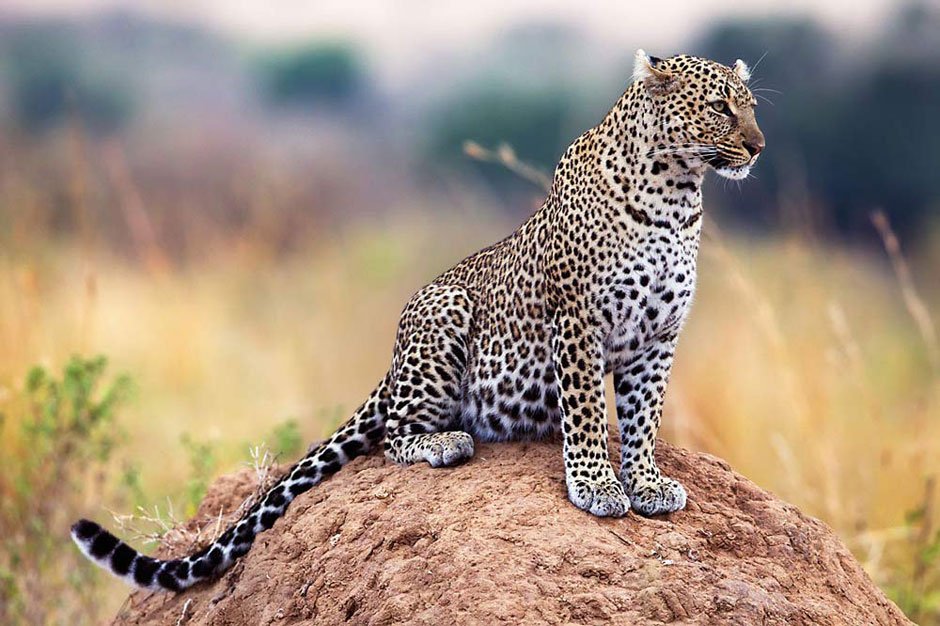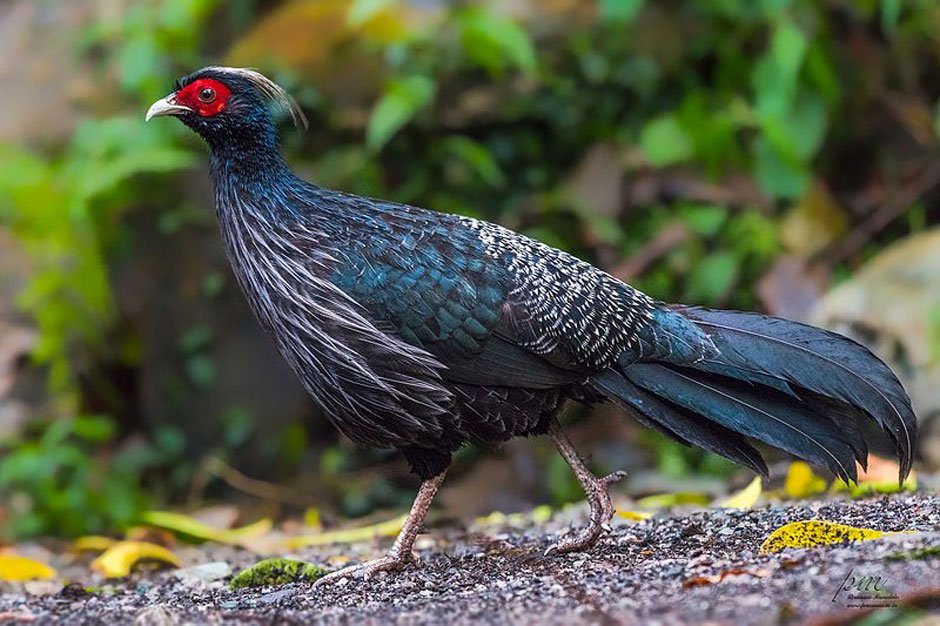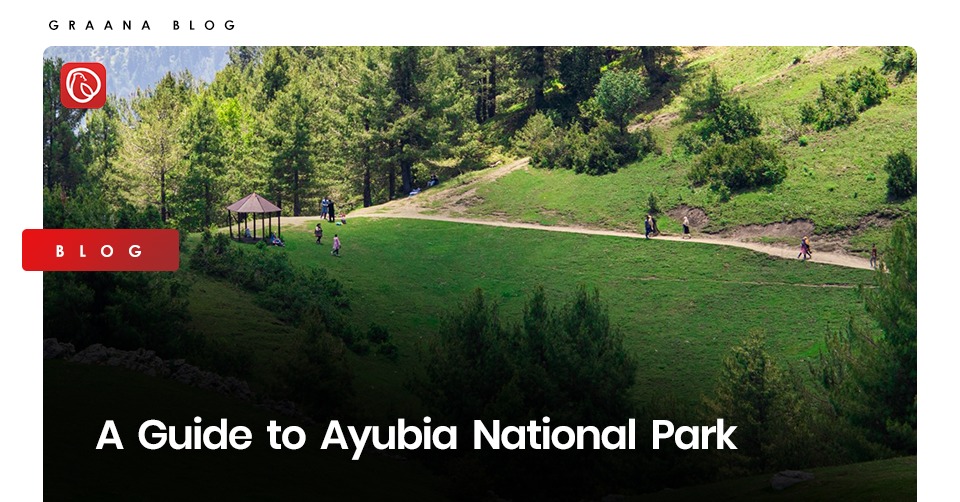Ayubia National Park is one of the most significant wildlife parks in Pakistan. Its temperate forest is home to hundreds of wildlife species.
A wildlife sanctuary is a place that has been solely set aside for wild animals, to serve as their natural habitat. Usually, the public is discouraged from visiting these areas for the purpose of preserving and maintaining wildlife.
Additionally, hunting and animal capture are prohibited. A police force has been appointed to patrol the area to make sure that there is no breach of the laws or regulations.
Wildlife sanctuaries are one of the six categories of locations that the UN advises be protected and safeguarded. Pakistan has a number of wildlife sanctuaries, most notably Ayubia National Park.
It is situated between two of Pakistan’s most well-known hill towns, Murree and Nathiagali, and is 8,000 feet above sea level. As soon as you enter the natural forest, you are surrounded by pure vistas of the verdant plains, which are framed by tall pine trees and jagged mountain peaks.
To give you a more detailed account of Ayubia National Park, Graana.com has compiled a guide below that can help you plan your visit.
Why Ayubia National Park Stands Out as a Natural Forest
The park is surrounded by seven villages and three towns – Nathiagali, Thandiani, and Khanspur – and is one of the prime examples of Himalayan temperate forests that still exist in Pakistan.
In addition, there are many picnic areas in the park that attract a number of visitors. There are also options for hiking and trekking. Miranjani, which is the highest mountain peak in the Galyat region, is situated in the Namli Maira district of Ayubia National Park.
From the peak, you would be able to see Azad Kashmir, Mushkpuri Peak, and Nathiagali.
A source of water supply for Murree and its surrounding areas, the hills are home to several natural springs, whose water is kept in various water reservoirs. On the main Abbottabad-Murree Road, Changla Gali is located at an elevation of 2,560 metres above sea level. It is surrounded by dense pine forests.
History of Ayubia National Park
According to the International Union for Conservation of Nature (IUCN) guidelines, Ayubia National Park was designated as a national park in 1984.
It first stretched over only 857 acres, but its total area increased to 1,684 hectares in 1998. Currently covering an area of 3,312 hectares, Ayubia National Park is managed by the Khyber Pakhtunkhwa Wildlife Department.
Wildlife at Ayubia National Park

Ayubia National Park provides a natural habitat for a variety of bird species. In fact, several bird species from foreign countries migrate in specific seasons to Ayubia National Park. The following are some of the most prominent kinds of birds that can be found here:
- Collared Dove
- Golden Eagle
- Hill Pigeon
- Himalayan Griffon Vulture
- Honey Buzzard
- Indian Sparrow Hawk
- Kali Pheasant
- Kestrel
- Koklass Pheasant
- Peregrine Falcon
- Spotted Dove
Besides the above-mentioned birds, the following kinds of animals can be found here (to name a few):

- Asiatic Leopard
- Black Bear
- Himalayan Palm Civet
- Kashmir Hill Fox
- Masked Civet
- Red Flying Squirrel
- Rhesus Macaque
- Yellow Throated Marten
Other Wildlife Sanctuaries in Pakistan
Pakistan is home to a variety of wildlife, which is why many wildlife sanctuaries have been built and maintained in different areas. These are famous among tourists due to the majestic views and biodiversity here.
Apart from Ayubia National Park, the following are some of the most famous wildlife reserves in Pakistan
| Wildlife Sanctuaries in Pakistan | Location | Area | Year of Establishment |
| Manshi Wildlife Sanctuary | Kaghan Valley | 2,321 ha | 1977 |
| Astor Wildlife Sanctuary | Catchment area of Astore Nala | 41,472 ha | 1975 |
| Baltistan Wildlife Sanctuary | Baltistan District | 41,500 ha | 1975 |
| Bajwat Wildlife Sanctuary | Sialkot District | 5,400 ha | – |
| Chashma and Taunsa Barrage Dolphin Sanctuary | Mianwali District | – | 1972 |
| Cholistan Wildlife Sanctuary | Cholistan, Punjab | 467,500 ha | – |
| Hub Dam Wildlife Sanctuary | Balochistan, Sindh | 27,219 ha | 1981 |
| Mahal Kohistan Wildlife Sanctuary | Jamshoro District, Sindh | 70,577 ha | 1972 |
| Naltar Wildlife Sanctuary | Naltar Valley, Gilgit Baltistan | 27,206 ha | 1975 |
| Nara Desert Wildlife Sanctuary | Mirpurkhas District, Sindh | 630,000 ha | 1980 |
| Lake Haleji Wildlife Sanctuary | Thatta District, Sindh | 658 ha | 1977 |
| Manglot Wildlife National Park | KPK | 710.628 ha | 1990 |
You can contact the concerned authorities before planning a trip to any of these sanctuaries.
For more related information like travel guide to Khanspur, visit the Graana blog.
FAQs
Here are some FAQs related to Aybia National Park
What animals are in Ayubia National Park?
Ayubia National Park is home to a diverse range of wildlife, including various species of birds, mammals, and insects. Some of the prominent animals found here are the Kashmiri stag (hangul), black bear, leopard, red fox, grey langur, and various species of pheasants.
What trees are in Ayubia National Park?
The park boasts a rich variety of trees, contributing to its lush greenery. Common tree species include pine, fir, cedar, oak, maple, and horse chestnut, along with a variety of shrubs and flowering plants.
What is the district of Ayubia National Park?
Ayubia National Park is located in the Abbottabad District of the Khyber Pakhtunkhwa province in Pakistan.
Where is the geographic location of Ayubia National Park?
Ayubia is situated in the western Himalayan mountain range of Pakistan, near the city of Abbottabad. It covers an area of approximately 3,312 hectares.
What is the climate in Ayubia ?
The park experiences a temperate climate, with cool summers and cold winters. The average temperature ranges from 5°C to 25°C during the summer months and can drop to sub-zero levels in winter, occasionally resulting in snowfall.
What are the threats to Ayubia National Park?
Ayubia National Park faces several environmental challenges, including deforestation, habitat destruction, illegal hunting, and encroachment. These activities pose a threat to the park’s biodiversity and natural ecosystem.
What is the elevation of Ayubia National Park?
The park’s elevation varies from approximately 1,050 meters to 3,027 meters above sea level, offering a diverse landscape and favorable conditions for a wide range of flora and fauna.
What is the flora and fauna of Ayubia?
Ayubia showcases a rich and diverse flora, featuring various species of trees, plants, and wildflowers. The fauna includes a variety of bird species, mammals, insects, and butterflies, making it a significant biodiversity hotspot in the region.




